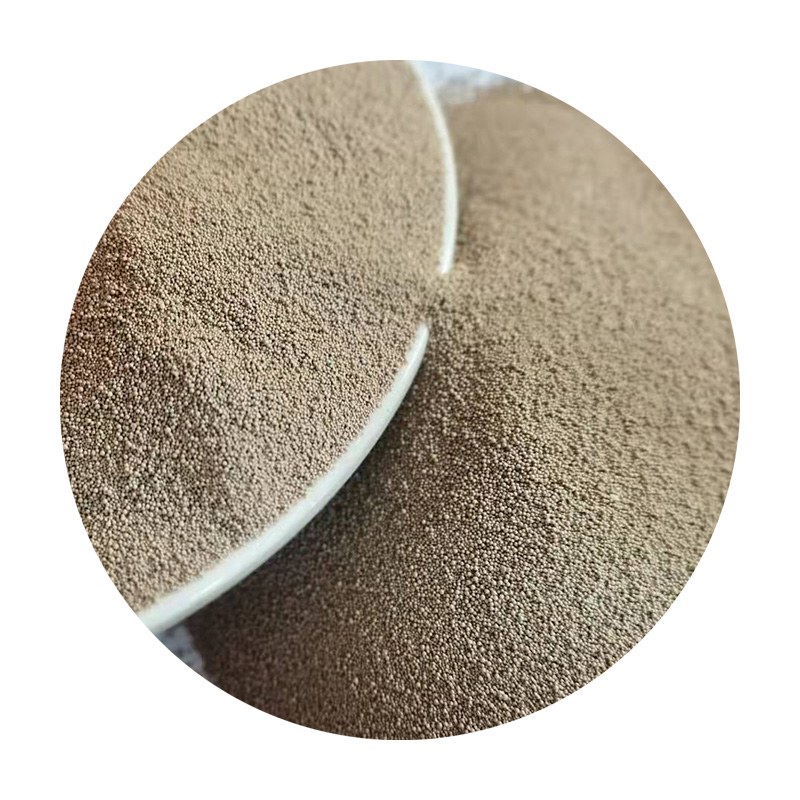Sand Printing Casting Revolutionizing the Manufacturing Industry
In the ever-evolving landscape of manufacturing, the integration of innovative technologies has played a pivotal role in enhancing production efficiency and accuracy. One such groundbreaking method is sand printing casting, a process that combines traditional sand casting with advanced 3D printing techniques. This approach not only streamlines production but also opens up new possibilities for design and engineering.
Sand printing casting starts with creating a digital model of the desired object using computer-aided design (CAD) software. Once the design is finalized, a 3D printer constructs a mold using sand and a binding agent. This unique combination allows for the rapid production of intricate geometries that would be challenging, if not impossible, to achieve with conventional casting methods. The resulting molds are then used to produce castings in various materials, including metals and polymers.
One of the most significant advantages of sand printing casting is its ability to reduce lead times drastically. Traditional sand casting processes often require extensive tooling and setup, which can take weeks. In contrast, sand printing allows for a nearly immediate transition from digital design to physical mold, significantly speeding up the production cycle. This is particularly beneficial in industries such as aerospace, automotive, and custom manufacturing, where time-to-market is critical.
sand printing casting

Moreover, the flexibility of the sand printing casting process enables manufacturers to produce low-volume runs and customized components without incurring high costs. This capability fosters innovation, as designers can experiment with complex shapes and features that enhance product performance and aesthetics.
Environmental considerations also play a role in the appeal of sand printing casting. The process typically generates less waste compared to traditional methods, as excess material can often be recycled or efficiently reused. Furthermore, the reduced need for complex tooling contributes to a smaller carbon footprint, aligning with the growing emphasis on sustainable manufacturing practices.
In conclusion, sand printing casting represents a significant advancement in the realm of manufacturing. By merging the strengths of 3D printing with the established sand casting technique, this innovative method not only enhances efficiency and design capability but also supports sustainable production. As industries continue to seek ways to optimize their processes, sand printing casting is poised to become an essential tool for engineers and manufacturers worldwide.
Post time:ئیلول . 14, 2024 20:42
Next:applications of sand casting
